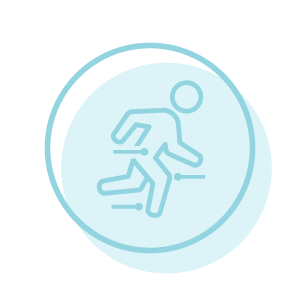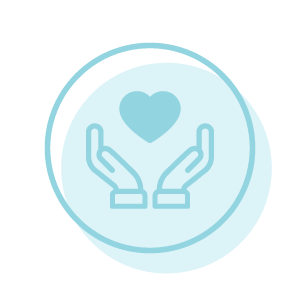What is an Anterior Cruciate Ligament Injury?
The Anterior Cruciate Ligament (ACL) is a very important stabiliser of the knee joint. Ligaments connect bone to bone, providing stability. An ACL injury results when this important ligament is damaged. It is the most commonly injured ligament in the knee.
What can cause it?
The classically described injury mechanism involves an indirect valgus (knee bent inwards) force coupled with a twist of the knee.

What are the symptoms and signs?
In the acute stage pain is a factor, however, this rapidly settles and the main symptoms are a feeling of instability or loss of confidence in the knee following repeated episodes of giving way.
There is often an instantaneous swelling of the knee following the injury. There may even be an audible ‘pop’ or ‘click’ heard at the time.

Can the problem get worse?
In isolated anterior cruciate ligament ruptures the natural history is often quite difficult to predict.
Some patients’ symptoms do settle with a dedicated course of ACL rehabilitation physiotherapy, which is directed towards neuromuscular optimisation of the knee joint.
A recent Scandinavian cohort/observational study, published in the British Medical Journal, showed that a significant proportion of patients do settle with just physiotherapy alone.
In summary symptoms following an anterior cruciate ligament injury include:
- Pain
- Popping sensation at the time of the injury
- Swelling
- Bruising
- Limp
Once the acute swelling and bruising have settled, a thorough clinical examination is performed including the following special tests:
- Lachman’s test
- Anterior drawer +/- a pivot shift
Your knee surgeon Mr. Mann will also examine you to rule out or confirm the presence of any associated injury such as:
- Focal meniscal injury
- Osteochondral damage
- Medial collateral ligament injury
- Lateral collateral ligament injury
- Posterior cruciate injury
- Posterolateral corner injury

Non-surgical management

Surgical treatment
FAQs
Reconstruction can be performed with a hamstring or bone patella tendon bone graft which is harvested from the knee at the same time as the reconstruction. Other options are available. The exact type of reconstruction along with fixation methods and tunnel placements will form part of an evidence-based shared decision-making process in the office.
